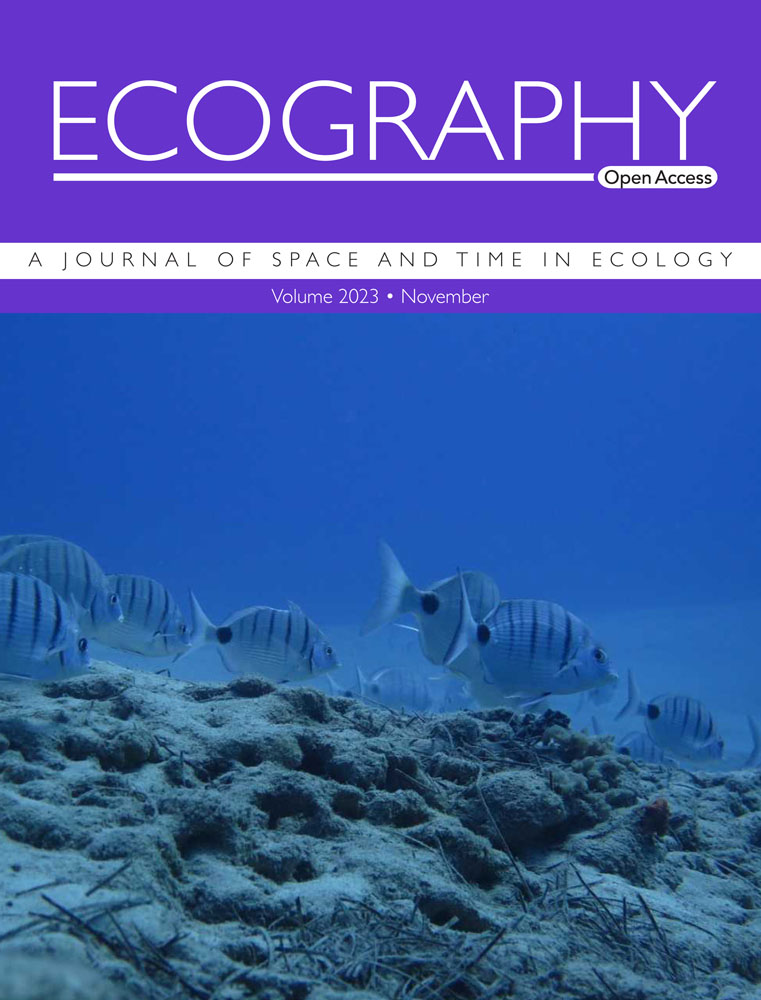Does habitat or climate change drive species range shifts?
IF 5.4
1区 环境科学与生态学
Q1 BIODIVERSITY CONSERVATION
引用次数: 0
Abstract
A primary prediction of climate change ecology is that species will track their climate niche poleward and upslope. However, studies have shown species responding in surprising ways. In this study, we aim to understand the impact of global change on species ranges by considering both climate and habitat changes. Using occupancy analysis of acoustic survey data in the mountains of the northeastern United States, we tested specific predictions of range responses to warming (shifting upslope), precipitation change (shifting downslope), and forest composition change (shifting downslope). We found that American red squirrels Tamiasciurus hudsonicus, key nodes in northern North American food webs, are not tracking increasing temperatures upslope, despite substantial warming in recent decades. Structural equation modeling indicates that red squirrel abundance is primarily influenced by red-spruce forest cover, which has shifted downslope with recovery from historical logging and acid deposition. Accounting for the multiple dimensions of global change will enable better predictions and more effective conservation strategies.求助全文
约1分钟内获得全文
求助全文
来源期刊

Ecography
环境科学-生态学
CiteScore
11.60
自引率
3.40%
发文量
122
审稿时长
8-16 weeks
期刊介绍:
ECOGRAPHY publishes exciting, novel, and important articles that significantly advance understanding of ecological or biodiversity patterns in space or time. Papers focusing on conservation or restoration are welcomed, provided they are anchored in ecological theory and convey a general message that goes beyond a single case study. We encourage papers that seek advancing the field through the development and testing of theory or methodology, or by proposing new tools for analysis or interpretation of ecological phenomena. Manuscripts are expected to address general principles in ecology, though they may do so using a specific model system if they adequately frame the problem relative to a generalized ecological question or problem.
Purely descriptive papers are considered only if breaking new ground and/or describing patterns seldom explored. Studies focused on a single species or single location are generally discouraged unless they make a significant contribution to advancing general theory or understanding of biodiversity patterns and processes. Manuscripts merely confirming or marginally extending results of previous work are unlikely to be considered in Ecography.
Papers are judged by virtue of their originality, appeal to general interest, and their contribution to new developments in studies of spatial and temporal ecological patterns. There are no biases with regard to taxon, biome, or biogeographical area.
 求助内容:
求助内容: 应助结果提醒方式:
应助结果提醒方式:


